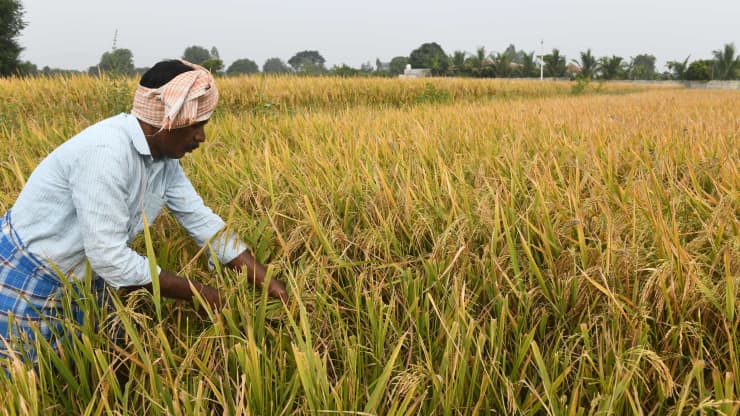KATHMANDU: India has overtaken the U.K. to become the world’s fifth-largest economy and is now behind only the US, China, Japan and Germany, according to IMF projections.
A decade back, India was ranked 11th among the large economies while the U.K. was at the fifth position.
With record beating expansion in the April-June quarter, the Indian economy has now overtaken the U.K., which has slipped to the sixth spot.
The assumption of India overtaking the U.K. is based on calculations by Bloomberg using the IMF database and historic exchange rates on its terminal.
“On an adjusted basis and using the dollar exchange rate on the last day of the relevant quarter, the size of the Indian economy in ‘nominal’ cash terms in the quarter through March was $854.7 billion. On the same basis, the U.K. was $816 billion,” stated a Bloomberg report.
With India being the world’s fastest growing major economy, its lead over the U.K. will widen in the next few years.
India has a population 20 times that of the U.K. and so its GDP per capita is lower.
“We just became the 5th largest #economy in the world, surpassing the U.K.!,” tweeted Anil Agarwal, chairman of mining giant Vedanta group. “What an impressive milestone for our rapidly growing Indian economy… In a few years, we will be in Top 3!”
India’s GDP expanded 13.5% in the April-June quarter, the quickest pace in a year, to retain the world’s fastest growing economy tag but rising interest costs and the looming threat of a recession in major world economies could slow the momentum in the coming quarters.
Gross domestic product (GDP) growth of 13.5% year-on-year compares to a 20.1% expansion a year back and 4.09% growth in the previous three months to March, according to official data released earlier this week.
The growth, though lower than the Reserve Bank of India (RBI) estimate of 16.2%, was fuelled by consumption and signalled a revival of domestic demand, particularly in the services sector.
Pent-up demand is driving consumption as consumers, after two years of pandemic restrictions, are stepping out and spending. The services sector has seen a strong bounce back that will get a boost from the festival season next month.
But the slowing growth of the manufacturing sector at 4.8% is an area of worry. Also, imports being higher than exports is a matter of concern.
Additionally, an uneven monsoon is likely to weigh upon agriculture growth and rural demand.
The GDP print will, however, allow the RBI to focus on controlling inflation, which has stayed above the comfort zone of 6% for seven straight months.
The central bank has raised the benchmark policy rate by 140 basis points in three installments since May and has vowed to do more to bring inflation under control.
Besides tighter monetary conditions, Asia’s third-largest economy faces headwinds from higher energy and commodity prices that are likely to weigh on consumer demand and companies’ investment plans.
Also, consumer spending, which accounts for nearly 55% of economic activity, has been hit hard by soaring food and fuel prices.
The GDP growth in the first quarter of the current fiscal was higher than China’s 0.4% expansion in April-June. PTI

